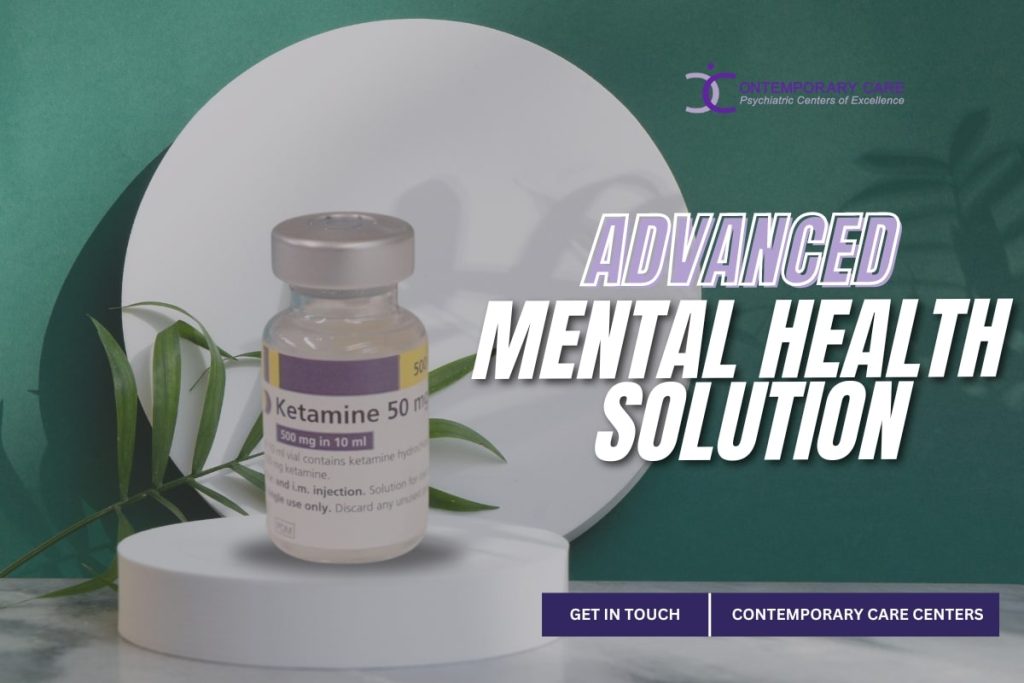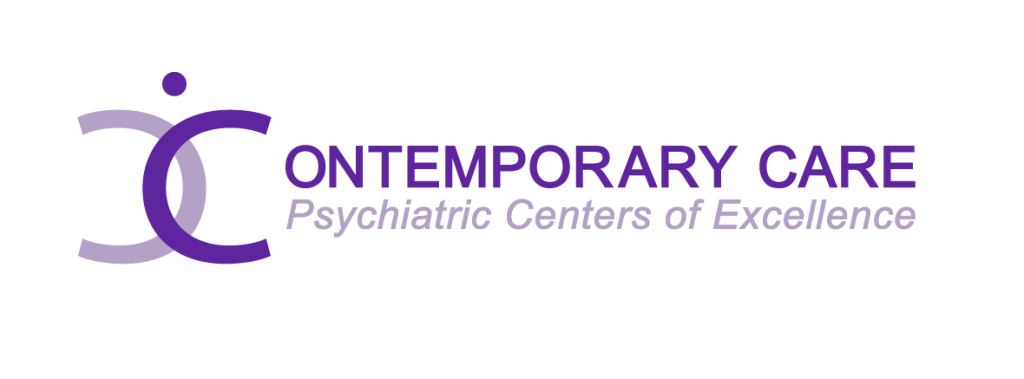Ketamine therapy is getting more and more popular as a solution to many health issues like depression, chronic pain, and post-traumatic stress disorder (PTSD). Once only used for anesthesia, this medication is widely used because of its fast-acting and many therapeutic benefits. As with any medical treatment, there are side effects; here, we will look at the side effects of ketamine therapy and the benefits so you are informed!
What is Ketamine Therapy?
Before we get started, let’s define ketamine infusion therapy. Originally used as an anesthesia medication for animals in Belgium in the 1960s, Ketamine works directly on your brain by blocking NMDA receptor signals to induce a trance-like state while providing pain relief, sedation, and memory loss relief. More minor, controlled dosages of Ketamine can also be used to treat mental health and pain conditions. Now, it’s also used as part of mental health treatments or for pain-related issues through smaller, controlled dosages administered under medical supervision.
The Side Effects of Ketamine Therapy
Ketamine therapy has benefits, but misuse has physical health risks, and misuse can increase significantly. So careful monitoring and prevention are crucial to managing those risks.
Short-Term Side Effects of Ketamine Therapy
Dissociation: Feeling disconnected from reality.
Elevated Blood Pressure: Temporarily during and after treatment.
Nausea and Vomiting: Some patients will experience this immediately after therapy.
Long-Term Side Effects
Cognitive Changes: Memory and concentration issues with long-term use.
Bladder Issues: High doses can cause painful urinary problems.
Dependency: Low risk, but some users can become dependent.
Side Effects of Ketamine Therapy
Nausea and Vomiting: These are common side effects of ketamine therapy and can be managed with IV Zofran.
Dizziness and Lightheadedness: Patients may experience this during or after treatment.
Temporary Disorientation: Disorientation and confusion is expected at lower doses.
Psychological Effects
Hallucinations: Visual and auditory hallucinations at higher doses.
Dissociative Symptoms: Patients will feel detached from themselves or their environment, a hallmark of ketamine’s dissociative effects.
Anxiety and Paranoia: This can happen if the patient has a history of psychological issues.
Physical Health Risks
Increased Risk: Ketamine can raise blood pressure and heart rate for those with heart conditions.
Monitoring Required: Cardiovascular monitoring is required during treatment to manage the risks.
Respiratory Side Effects of Ketamine Therapy
Breathing Problems: Ketamine can cause respiratory depression at higher doses.
Risk Factors: Older adults and those with pre-existing respiratory conditions are more at risk, as environmental factors can exacerbate respiratory issues.
Bladder and Urinary Tract Problems
UTI and Inflammation: Ketamine can cause urinary tract infections, bladder inflammation discomfort, and more severe health issues.
Long-term Damage: Frequent use can cause more severe bladder problems that require medical attention.
Dependency and Substance Abuse
Understand the Risks
Addictive Potential: Ketamine is highly addictive and risky with frequent use.
Risk Awareness: Patients and providers must know the risks to use responsibly.
Prevention and Monitoring
Controlled Administration: Ketamine should be administered under medical supervision with dosing schedules.
Regular Check-ins: Regular check-ins can prevent dependency, and treatment plan adjustments can be made to ensure safety and effectiveness.
The Benefits of Ketamine Therapy
Ketamine therapy can be transformative for those who have not responded to other treatments.
Fast Relief from Depression
Quick: Dose can work in hours or days.
For Major Depressive Disorder: Works for patients who haven’t responded to other treatments.
For Chronic Pain
Neuropathic Pain Management: Works for pain that doesn’t respond to other painkillers.
Long Lasting: Effects can last weeks to months after treatment.
For PTSD
Reduces Symptoms: Can decrease PTSD symptoms.
Improves Quality of Life: Helps patients do more daily activities and therapy.
Ketamine vs Other Treatments
Compared to opioids or long-term antidepressants, ketamine is often the better option due to its lower risk.
Lower Addiction Risk than Opioids
Controlled: Administered under medical supervision.
Less Habit-forming: Less addictive than opioids.
Fewer Side Effects than Traditional Antidepressants
No Weight Gain or Sexual Dysfunction: Many antidepressant side effects don’t apply to ketamine.
No Withdrawal: Stopping ketamine doesn’t cause withdrawal like many antidepressants.
Who is a Good Candidate for Ketamine Therapy?
Knowing who might benefit the most from ketamine nasal spray or IV ketamine can help patients and providers make informed treatment decisions.
Mental Health Benefits of Ketamine Therapy
Treatment of Treatment-Resistant Depression
Effective Treatments: CBT and medication can manage depressive symptoms. They improve mental health.
Holistic: Exercise, diet, and mindfulness also help manage depression symptoms.
Management of Anxiety Disorders
Customized Treatments: Anxiety treatments include therapy, medication, and lifestyle changes. Tailored to individual needs.
Support Systems: Organizations like the Anxiety and Depression Association of America (ADAA) offer support and resources. This support helps with treatment.
Effective for PTSD
Comprehensive Care: PTSD treatments include medication, therapy, and support. Results vary from person to person.
Guideline Based: Entities like the VA/DoD and the APA have PTSD treatment guidelines. So patients get proper care.
These mental health strategies aim to provide quick relief and long-term management and improve the individual’s life.
Pain Management
Goal Setting: Treatment aims to reduce pain and improve function and quality of life, knowing that complete pain elimination is often not possible.
Non-Opioid Options: For musculoskeletal injuries, topical and oral NSAIDs are preferred over opioids due to a better benefit-harm ratio.
Neuropathic Pain Management
Limited Opioid Efficacy: Opioids are not very practical for neuropathic pain; consider neurostimulation before low-dose opioids.
Multidisciplinary: Combining treatments can reduce pain and improve outcomes in neuropathic pain management.
Migraine Management
Avoid Opioids: For acute episodic migraine, opioids are not the first line of treatment due to the risk of overuse and addiction.
Effective Alternatives: Non-opioid medications and lifestyle changes to manage and prevent migraine episodes.
Reducing Alcohol Dependence
Integrated: Behavioral therapies, support groups, and pharmacotherapy must be combined to manage withdrawal symptoms and prevent relapse.
Opioid Addiction Management
Dual Challenges: Patients with chronic pain and opioid addiction need to be managed to avoid increasing addiction risk while providing pain relief.
Education and Compliance: Patients must be educated on the relationship between pain management and addiction to ensure compliance and prevent relapse.
Our approach is balanced to manage pain and addiction to improve life and achieve function while minimizing treatment risk.
Ketamine Therapy for Neurological Conditions
Relieving Parkinson’s Symptoms
Symptom Management: Parkinson’s disease treatments focus on symptom management since the disease worsens over time. Good management can improve life.
Educational and Support Resources: Institutions like Johns Hopkins Medicine have educational events and support groups to help patients and caregivers manage the disease.
Benefits for Alzheimer’s Patients
Neuroprotection: Recent studies show that some growth factors have neuroprotective effects in Alzheimer’s and may slow down the disease.
Cognitive and Behavioral Management: Alzheimer’s causes dementia, but cognitive and behavioral management is critical, and some Alzheimer’s medications can help Parkinson’s dementia patients.
Fast Onset of Action
Speed vs. Traditional Treatments
Quick Relief: New treatments for neurological conditions like Alzheimer’s and Parkinson’s are designed to act faster than traditional meds and provide quicker symptom relief.
Duration of Action
Long-Lasting Benefits: While these treatments provide quick relief, they also aim to provide long-term benefits by managing the disease over a more extended period.
So, we must manage symptoms well and investigate new treatments that can provide fast and long-lasting benefits for neurological patients.
How is Ketamine Administered?
The administration of ketamine is critical to its effectiveness and safety and is done in a medical setting.
Routes of Administration
Intravenous (IV) Infusions: The most familiar method is controlled dosing.
Intranasal Sprays: Newer form patients can use at home under guidance.
Safety and Monitoring
Medical Supervision: Always under the care of healthcare professionals.
Monitoring of Vital Signs: During treatment.
Patient Assessment: The first step in ketamine therapy is an assessment to see if the patient can go to a ketamine clinic for treatment. It involves assessing mental and physical health.
Medical History: It’s essential to review the patient’s medical history, including medications and treatments, to avoid interactions and ensure safety. Administration Methods
Intravenous Infusion: The most common method of administration is IV infusion, controlled dosing.
Oral: Ketamine can be taken orally, but absorption rates and effects can be variable.
Nasal Spray: A nasal spray form of ketamine is a more convenient and less invasive option for some patients, depending on their condition and treatment plan.
Monitoring and Follow-Up
In-Session Monitoring: During ketamine administration, vital signs are monitored to ensure patient safety and comfort.
Post-Therapy Assessment: Patients are assessed to evaluate the immediate and potential side effects after treatment.
Ongoing Support: Follow-up is essential. Regular check-ups help evaluate the long-term effects of treatment and provide ongoing support on an individual’s journey to mental wellness.
However, guidelines require it to be used under the care of a healthcare provider in a medical office or clinic.

Advanced Mental Health Solutions at Contemporary Care Centers
At Contemporary Care Centers, we put your mental health first with FDA-approved treatments like ketamine therapy and Transcranial Magnetic Stimulation, customized to your needs. Contemporary Care Centers is committed to providing top-notch psychiatric care to manage various psychiatric conditions. If mental health is affecting your life, don’t wait any longer and reach out to us. Find out how our team of experienced practitioners can help you achieve long-term mental wellness in a comfortable and caring environment.



